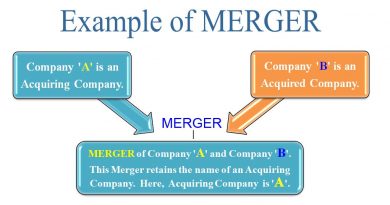What Is a 12b-1 Fee on a Mutual Fund and What Is It Used for

A 12b-1 fee on a mutual fund is an annual marketing or distribution fee. It is considered an operational expense and is included in a fund’s expense ratio. The fee typically ranges from 0.25% to 0.75% of a fund’s net assets and is named after a section of the Investment Company Act of 1940.
Originally thought to help investors, the 12b-1 fee was believed to increase assets and lower expenses through economies of scale. However, its effectiveness remains unproven. Today, the fee mainly rewards intermediaries for selling fund shares and is seen as having no impact on a fund’s performance.
In 2015, the Securities and Exchange Commission (SEC) began examining the use of 12b-1 fees to ensure proper adherence to charging rules and disclosure requirements.
The 12b-1 fee consists of two charges: the distribution and marketing fee and the service fee. Total 12b-1 fees are limited to 1% annually, with the distribution and marketing fee capped at 0.75% and the service fee allowed up to 0.25%.
Broker-sold funds, including class B and class C shares, typically have 12b-1 fees. However, these fees may also be charged on no-load mutual fund shares and class A broker-sold shares.
Class A shares usually have a reduced 12b-1 expense but not the maximum 1% fee, as they often charge a front-end load. Class B shares have no front-end load but a decreasing back-end load, while class C shares are most likely to carry the full 1% 12b-1 fee. The presence of a 12b-1 fee can push the overall expense ratio of a fund above 2%.
For a fund, 12b-1 fees cover marketing, paying brokers, advertising, and mailings. They also support shareholder services such as hiring staff to handle investor inquiries and providing information when needed. In addition, other expenses like legal, accounting, and administrative services, as well as transfer agent and custodial fees, can be charged.



